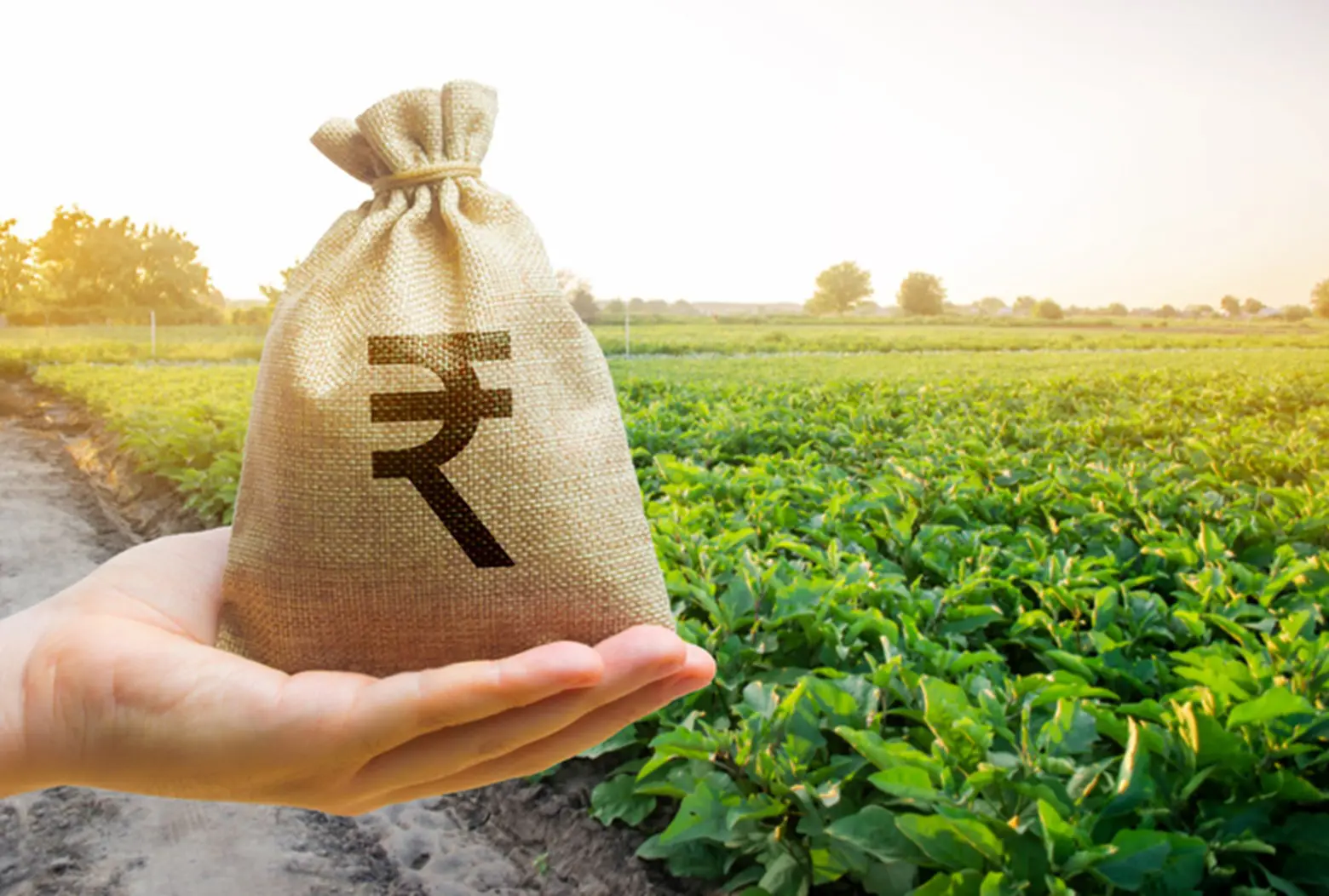So much of the commentary regarding the Autumn 2024 budget has focused on the changes to APR and BPR that a number of the changes, which will have an immediate impact on farming returns, have been either overlooked or not properly considered in terms of a cost to the business. Obviously, the changes will impact all business differently, but we have tried to apply them to a “typical” 900-acre farm of which 400 acres is owned, and 500 acres rented, with additional land farmed on contract farming arrangements to help demonstrate the cost.
- Cut to delinked payment
- This has now been reduced from an expected £30,000 to the capped level of £7,200
- Cost – £22,800 in 2025 and further (approximately) £10,000 in 2026
- Introduction of the CBAM Tax from 1st January 2027
- The cost of this will vary but some estimates have been around £50/t will be added to fertilizer imported from overseas.
- On the basis of a 1,000-acre arable farm in a typical rotation we would expect to use around 80t of fertiliser.
- Cost – £4,000/annum
- Double Cab Pickup Tax
- From 1st April 2025 Double cab pickups will be treated as company cars. This means they have a far higher benefit in kind payments and no longer qualify as capital allowances. Assuming the farm business is a higher rate taxpayer the current tax charge is around £1,584. This will increase to £6,210 from April 2025.
- Cost – £4,626/annum
- Professional Advice and Succession Planning
- Due to the changes to BPR and APR the carefully laid plans of our fictional farm require urgency consideration, review and some gifting. Require input from the family’s solicitor, accountant and land agent to produce valuations and to complete transfers. Consideration is being given to taking out a life insurance policy and this could be in the region of £70,000 – £80,000.
- Cost – £15,000 in professional fees + potential life insurance cover
Therefore, for our imaginary business, we calculate the total cost of the budget for the 25/26 year will be in the region of £46,000 (potentially with more to follow in the shape of life insurance payments), with many of those additional costs being annual, and further costs in the form of CBAM to come in 2027.
We have also not included the impact of the increase to Business Rates payable on any diversification projects on the farm – such as a farm shop – which will increase significantly next year both due to the reduction in the retail, hospitality and leisure relief (from 75% to 40%) and potentially due to the 11.2% increase in Rateable Value multiplier. Furthermore, larger employers (with say 5 or more staff) will also likely be caught by the increase in National Insurance contributions – adding further pressure to larger farming businesses.
Of course, DEFRA has also taken the opportunity to “pause” the Capital Works Grant Scheme under the Countryside Stewardship, which further dents confidence in the department and reduces potential opportunities to reduce the impact of farming on the environment. We have not attempted to cost this, but it will significantly impact the rural economy as hedge planting, fencing and other plans are cancelled.
Clearly, this is all going to have a major bearing on farm’s cashflows and will impact existing farming arrangements (including contract farming agreements and farm business tenancies). Careful scrutiny into these arrangements will be essential and makes the Sustainable Farming Incentive (and other sources of replacement income) even more important.
Please do get in touch if you would like to discuss any of the above.
www.bcmwilsonhill.co.uk

